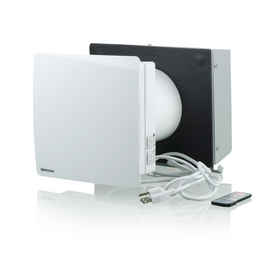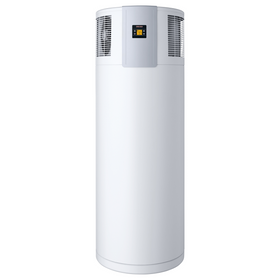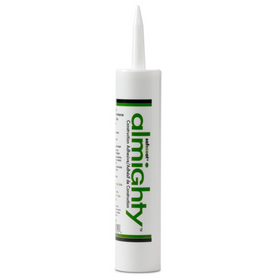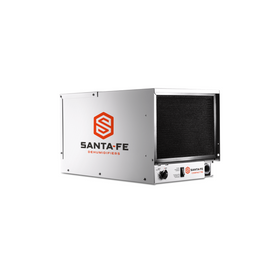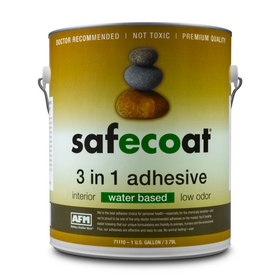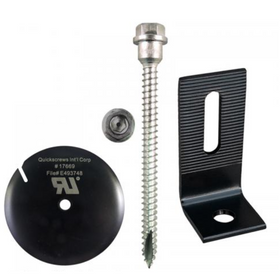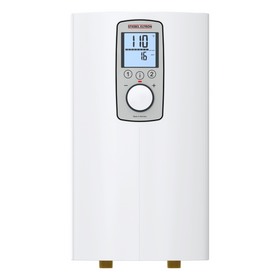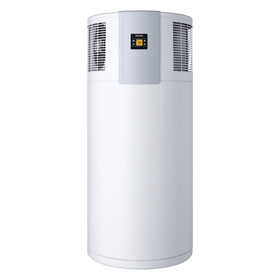- Home

What is (still) cool about this house?
Plenty. The two companies worked together to achieve maximum effect from passive solar design, like:
- Open design: The house was a deviation of sorts from the predominant arts and crafts style of the ‘hood. Dunbar’s charming collection of heritage style homes stood in contrast to this newcomer. The intention behind the modernist design was to create a space that worked to bring families together in shared spaces, instead of creating division, with the nooks and crannies that come with heritage spaces.
- Roof overhangs: meant to provide shade during the long, hot days of summer and capture heat from the sun during shorter winter days, when the sun is lower in the southern sky.
- Green roofs: Not one, but four. At the time it was cutting edge, and an innovative plan to help manage stormwater run-off in ‘Raincouver.’ It also created a space that would be welcoming to local pollinators and birds.
- The use of black basalt: to absorb heat during the day, and release it into the evening.
- Solar hot water heating.
- Materials to enhance indoor air quality: the millwork, cabinets, paints, and finishes were zero VOC and formaldehyde-free.
- Triple glazed windows: the home incorporated a great deal of glass, so triple glazing helped to maintain indoor temperatures.
- Water-saving: low flow faucets and dual flush toilets.
- Landscaping: The thoughtful addition of trees that bear fruit, literally (because there’s nothing like harvesting apples from your own tree).

Taking two years to complete, the home was the ultimate poster child for green building in Vancouver and likely served as a show home of sorts for Kerchum’s own business.
The result? A home that Kerchum and his (then) young family could enjoy safely (think non-toxic materials and surfaces) along with some nice recognition in the form of awards. The home was the recipient of the Royal Architectural Institute of Canada (RAIC), Award of Excellence, Green Building, Honourable Mention, and was the 2010 National SAM Award winner, Green Home Category (Awarded by the Canadian Home Builder's Association).

According to the CaBGC site, LEED certification “provides independent, third-party verification that a building, home or community was designed and built using strategies aimed at achieving high performance in key areas of human and environmental health: location and transportation, sustainable site development, water savings, energy efficiency, materials selection, and indoor environmental quality.”
LEED can be as intensive or as broad a brushstroke as the particular builder has bandwidth for. You can fall down the rabbit hole of forecasting energy use and tracking down zero VOC EVERYTHING to planning your material usage down to the last bits of wood cuts. Hence the levels.
Joy Wood
Joy grew up in the natural beauty of the North Okanagan, nestled near the foot of the Monashee Mountains. Hailing from a family of home builders, both the environment and home construction became closely intertwined in her youth. Today, she and her builder hubby are raising their family in Vancouver, where she avidly follows the current sustainable construction trends as the city aims for the title of ‘Greenest City’ by 2020.


